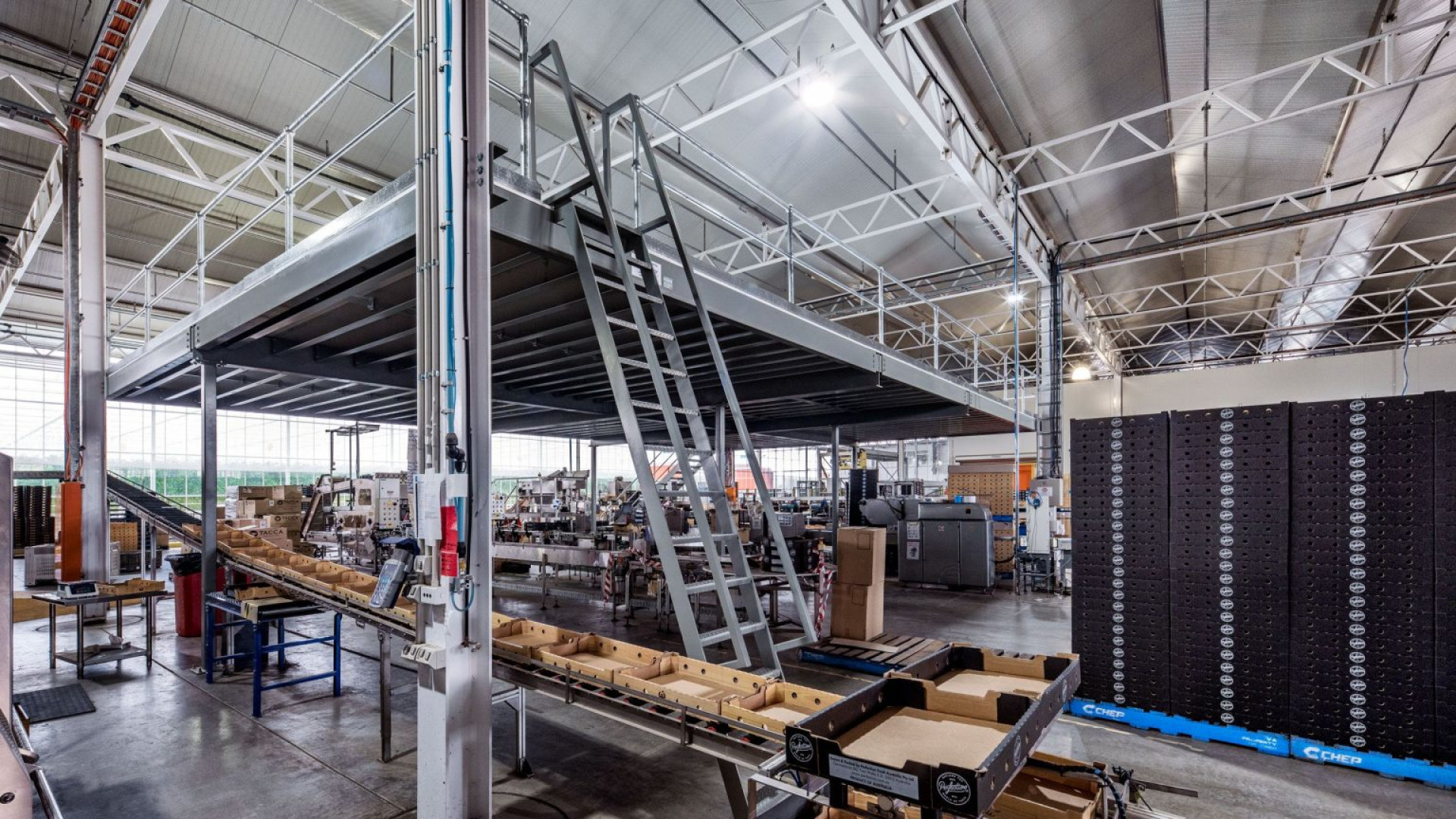A well-designed warehouse sortation system is the engine room of any high-performing warehouse. It’s what keeps orders moving, stock organised and fulfilment teams working at full tilt. Now that customers expect same-day delivery and SKU ranges are forever expanding, having a robust and scalable sortation setup is essential.
Essentially, a sortation system is responsible for directing items to the right place at the right time. Whether that’s sending parcels to the correct dispatch lane, returning products to storage, or splitting orders by customer, location or priority, these systems connote speed, accuracy and efficiency.
This guide walks you through how to plan a high-performing sortation system from the ground up, covering the five key steps that help deliver faster throughput, fewer errors and a better return on investment.
Why Proper Sortation Planning Matters
When sortation is poorly planned or left to manual processes, the cracks show quickly. Bottlenecks build up at packing benches. Workers mispick orders or route items to the wrong locations. Teams waste time hunting for products that should’ve been easy to find.
It doesn’t just affect staff productivity - it erodes your bottom line. Poor sortation slows fulfilment times, increases labour costs and tarnishes customer satisfaction. Every incorrect shipment, delay or rework adds up.
That’s why the planning stage is so important to get right. A smart sortation design makes warehouse workflows cleaner, leaner and ready to scale. Whether you're handling 500 or 5,000 orders per hour, the system needs to keep pace. So, where to begin?
Step 1: Define your Operational Needs
Before looking at conveyor types and automation modules, map out your specific warehouse requirements. A high-volume e-commerce fulfilment centre will need very different solutions compared to a chilled goods distribution hub or a 3PL handling client-specific workflows.
Considerations include your daily order volume, SKU variety, packaging types and return rates. Are you shipping mostly small parcels, cartons or mixed loads? Do you need to separate express deliveries from standard? Will you need reverse logistics handling built into the system?
The more clearly you define your operational patterns, the better your sortation system can be tailored to match - not just for today, but with enough headroom to grow.
Step 2: choose the Right Conveyor Infrastructure
Choosing the right setup for your facility can make or break the performance of your sortation process. The main conveyor types used in warehouse conveyor solutions include:
-
Belt conveyors, great for small to medium packages and maintaining a steady flow
-
Roller conveyors, ideal for cartons, totes, or heavier loads
-
Tilt-tray sorters, designed for high-speed applications and gentle handling
-
Cross-belt sorters, excellent for diverse item shapes and sizes
In some warehouses, industrial mezzanine platforms are used to support conveyor systems over multiple levels. This allows you to double your sortation footprint without increasing your building’s square metre footprint - perfect for space-constrained environments.
Step 3: Incorporate Smart Automation Technologies
A modern automated sorting system relies on more than just belts and rollers - it’s about intelligent decision-making at speed. That’s where sensors and smart tech come in. To optimise accuracy and flow, a high-performing sortation system should include:
-
Barcode and RFID scanners to identify items in real-time and reduce manual handling
-
Weight and dimension sensors to verify item specs and detect errors early
-
Dynamic lane control that automatically routes items based on destination, priority, or SKU type
-
Integration with Warehouse Management Systems (WMS) for live tracking, data capture and exception handling
-
Real-time data feedback to support monitoring, reporting and on-the-go system adjustments
Step 4: Design for Scalability and Flexibility
One of the biggest traps in warehouse automation is building a system that works brilliantly today but struggles to keep up tomorrow. A high-performing sortation system should be modular.
That means planning for additional sortation lanes, re-routable chutes and extra scanning stations that can be added without reworking the entire line. It’s also worth thinking about software flexibility. Can your system adapt to new carriers, changing SKUs or shifting cut-off times?
Modular conveyor infrastructure helps here. It allows businesses to bolt on new capability as needed, rather than going through another major overhaul. That flexibility pays off down the track, especially for fulfilment centres where growth isn’t linear.
Step 5: Safety, Compliance and Maintenance Planning
Even the most efficient sortation setup won’t last long without safety and maintenance built in. Good design considers access paths, noise reduction and safety guarding as part of the initial layout.
Emergency stop systems, protective rails, and clearly marked pedestrian zones help reduce workplace risk. Platforms and catwalks for servicing equipment are also essential especially where mezzanine-supported systems are used.
Maintenance should be proactive, not reactive. That means having a clear preventative maintenance schedule and ensuring critical components are accessible for servicing. Skimping on this upfront often leads to unexpected breakdowns, expensive downtime and unnecessary repair bills.
Why work with Unistor on Sortation System Integration
Unistor is a full-service warehouse partner with decades of experience in industrial conveyor solutions and automation integration. From initial scoping through to post-installation support, our team helps ensure every sortation upgrade aligns with your operational goals.
We’re known for our conveyor-ready mezzanine solutions and modular layouts that allow sortation systems to scale without disrupting current operations. We also work with leading automation vendors, bringing you the best tech solutions with local engineering expertise and compliance built in.
Whether you’re retrofitting a live site or designing a new fulfilment floor from scratch, we know how to get sortation right - which means fast, flexible and future-proof.
Conclusion
Getting your sortation system right can markedly improve the speed, accuracy and cost-efficiency of your warehouse. By following five key steps: understanding your needs, choosing the right conveyors, using smart automation, building for growth and designing for safety - you can create a high-performing system that delivers long-term returns.If you’re ready to boost your warehouse performance through intelligent sortation, get in touch with Unistor. Our team can help plan, design, and install a system that fits both your space and your future business goals.



